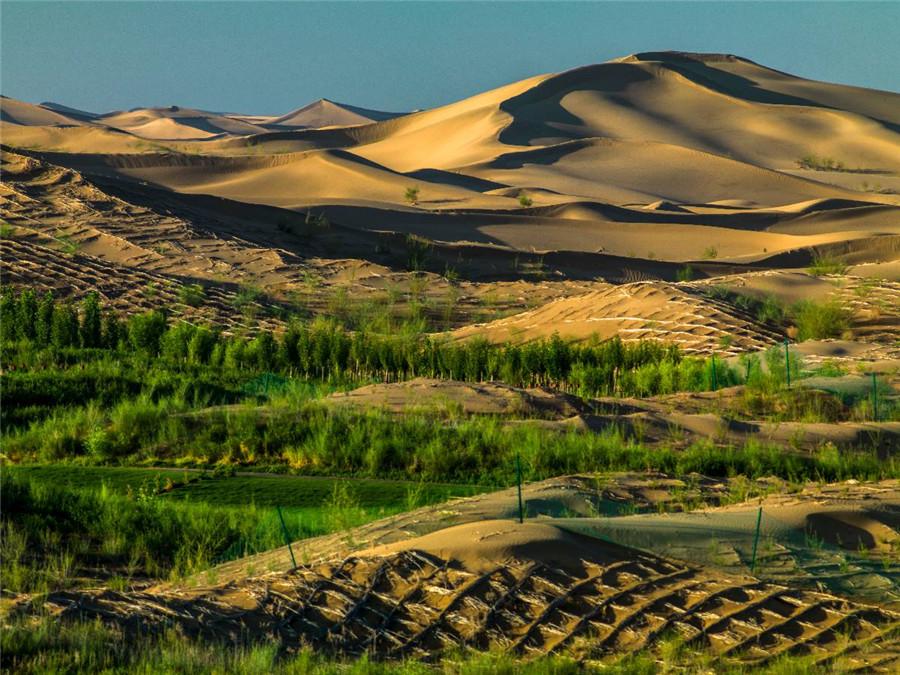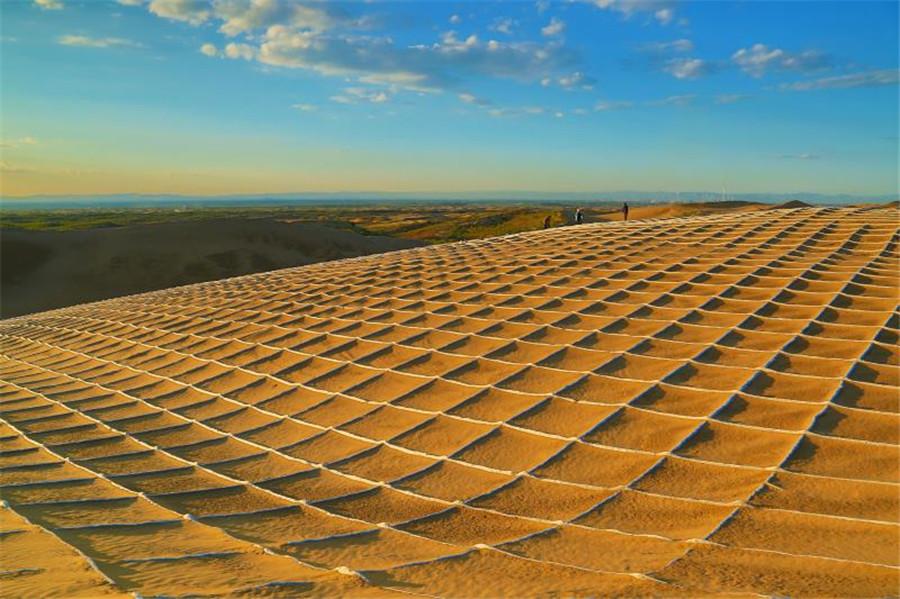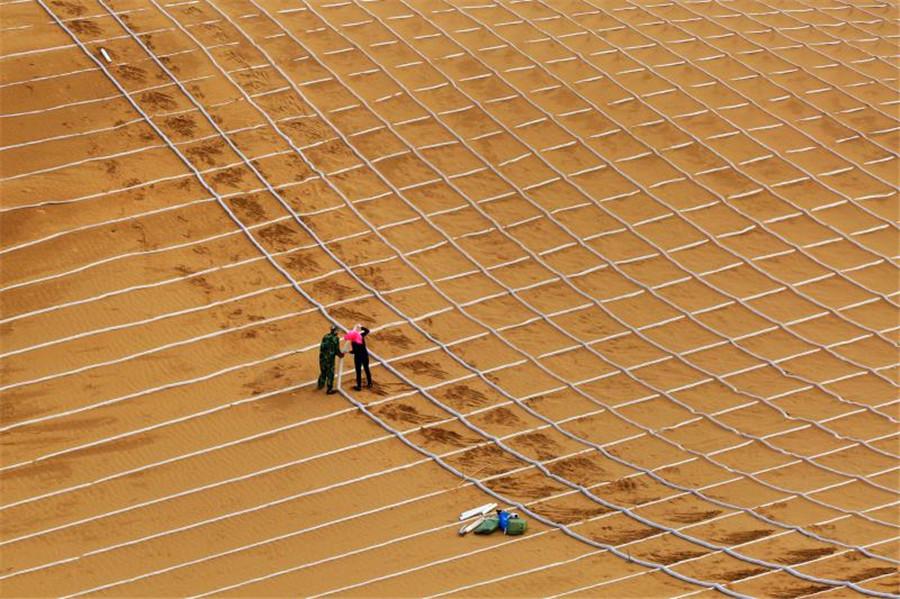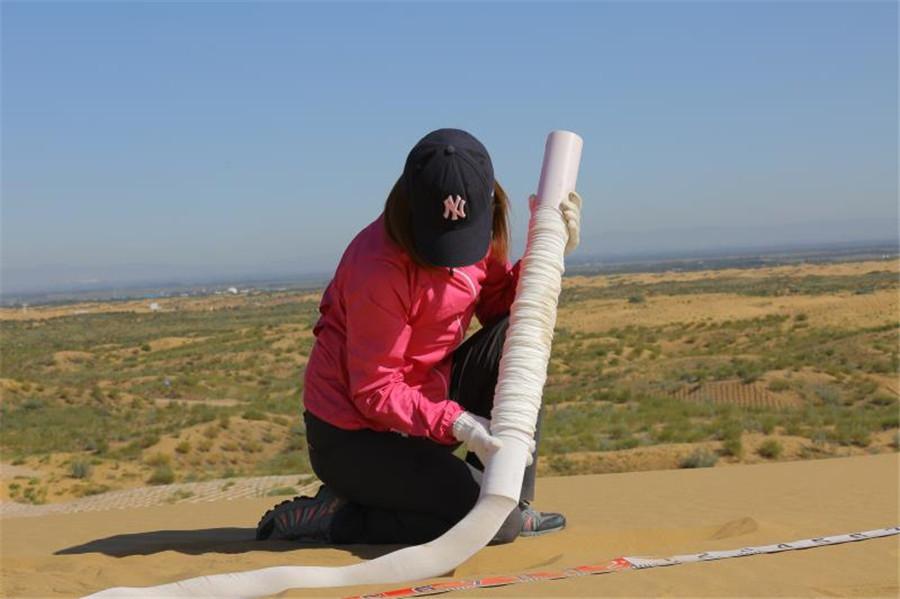A few things to be clear before getting excited.
The "red flag river" is NOT a project, it is a preliminary study by some scientists. Although they are members of state institutions, their study is not founded by state. That means there is NO project which has to be a state founded or lead project with a budget through state consul.
It has nothing to do with "South–North Water Transfer Project" which is ongoing, it is neither an extension, nor the western section of it.
South–North Water Transfer Project was envisioned by Mao in 1952, it began implementation in 2002, 50 years after the idea was proposed. The western section is not even started. The project is expected to be finished by 2050, almost a hundreds years after proposal.
The "red flag river" idea has been floated in less than 2 years. If it ever got enough attention, and put in action, it will be around 50 years from now. Not because China can not do it faster, it is because extreme care has to be taken to make decision on such scale. 50 years from now, most of us in this forum will not be around.
So I will advice a word from Mao "一万年太久,只争朝夕", "10 thousands years is too far, do what we can do today". Long term planning is essential, but putting too much focus on super long, super costly and super risky "dream" is not really "keep feet on the ground"/"脚踏实地".







